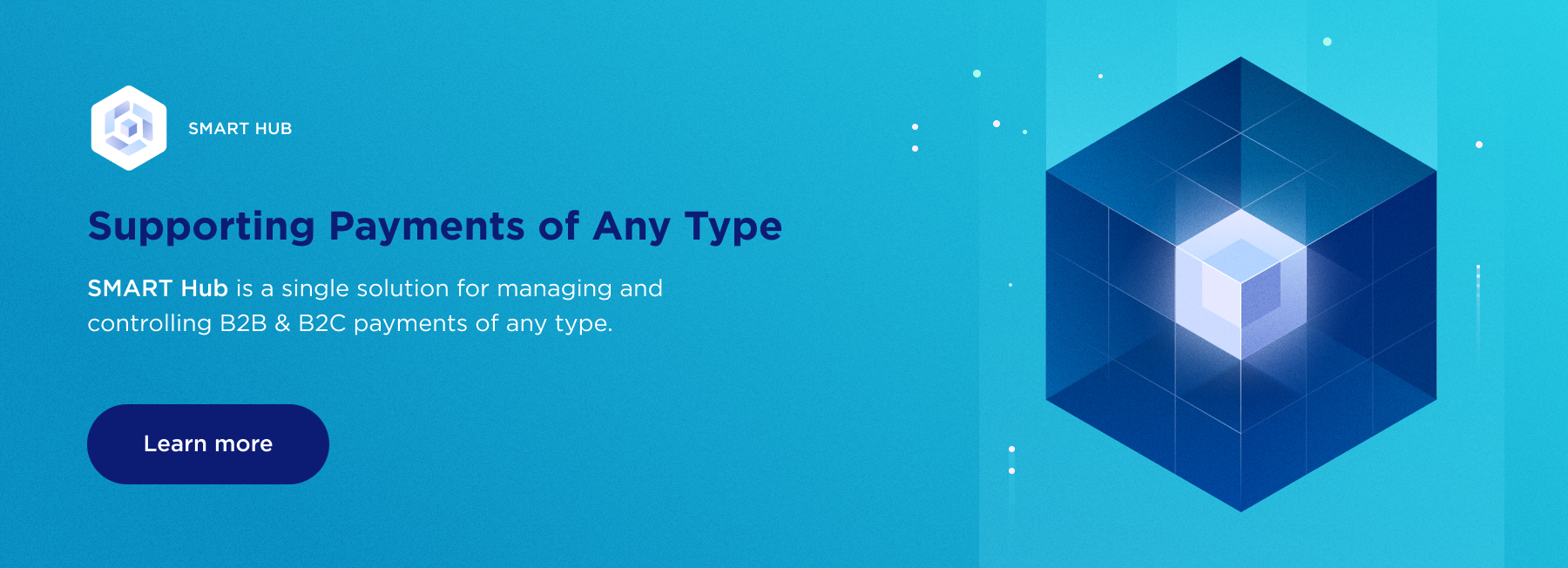The relevance of Banking-as-a-Service (Baas) in rapidly digitizing financial institutions (FIs) is becoming clearer, as more common upgrades to legacy core banking systems tend to be costly and time-consuming — two things that few can afford in the year of COVID-19.
While FIs labor to keep up with the digital banking shift accelerated by COVID, Bloh told Webster that “in a collaborative strategy, Banking-as-a-Service providers can act as a bridge between banks and corporates, allowing the financial institution to enhance its offering without forcing it into a long-term commitment of inflexible back-office solutions.”
To move away from a paper payments legacy, for example, “there are some really fundamental things around electronic handling of data, securing the data and interfacing into existing systems that need to happen,” Bloh said, noting that BaaS removes many of these barriers.
What’s Old Is New Again
Banking platforms evolved over time to become “very account-centric,” Bloh said. “They were driven around accounts and access to funds within those accounts … with APIs built to provide similar functionality.” But along with the COVID digital shift came the ascendance of customer experience as the ultimate arbiter of commercial relationships.
Few foresaw that consumer experience would come to hold such powerful sway over FIs, which formerly gave little thought to customers’ convenience or sentiment.
“What's happening, though, is really more experiential, around how the customer, whether a business or a consumer, is interacting … and what their expectations are,” Bloh said.
"With legacy systems, there's not a way to look at a solution for dispersing funds and say, ‘these are low-risk individuals, and the types of transactions that are being enabled … create a low profile for needing to do KYC or onboarding.' BaaS systems make these distinctions, applying less friction — when appropriate — for better experiences."
“Having tools in place to support corporates’ shift away from paper checks and the gradual shift toward real-time processing will be key to banks’ ability to remain competitive,” PYMNTS reported. “At the same time, their infrastructures must also address elevating end-user needs in the onboarding experience that allow FIs to remain compliant while providing a frictionless experience for a business.”
That’s where BaaS is proving to be increasingly valuable as a “connector between banks and corporates, driving stronger relationships and elevated experiences while meeting the needs of both banks and corporates.”
Giving Transactions Their Proper Due
For the new/next normal of finance taking shape daily this year, Bloh said there are crucial aspects of digital transformation that BaaS solutions are uniquely qualified to handle.
“What’s important … is the need to create not a frictionless, but a low-friction ... process to enable ... opening an account or moving money or getting access to funds – no matter what perspective you're looking at it from, either consumer or business – and getting information to enable that transaction or account. [It] needs to not create additional burdens ... but still be compliant [with] the regulations. So, onboarding [is] important,” Bloh said.
He added that “all transactions are not the same. Having flexibility to address the transaction needs and requirements [and] the business requirements, to create optionality both on money flowing in and money flowing out, are all super important basic requirements as BaaS platforms get further integrated into the business process.”
As Bloh noted more than once, not all transactions are treated equally, nor should they be in a well-functioning, modernized banking system that utilizes BaaS functionality for processing.
“If you look at B2B transactions in particular ... being able to flow over traditional payment rails, or even the new ones like RTP, is super important,” Bloh told Webster.
“[But] having to facilitate that over a traditional or evolving platform becomes very challenging, imposing overhead or cost structures that don't make sense in those situations,” he continued.
“In both B2C and B2B, a Banking-as-a-Service platform that is flexible and scalable, and has a business model and a cost structure that can support the transaction so that [it’s] still cost-effective, is super important to bringing a great solution to market.”




